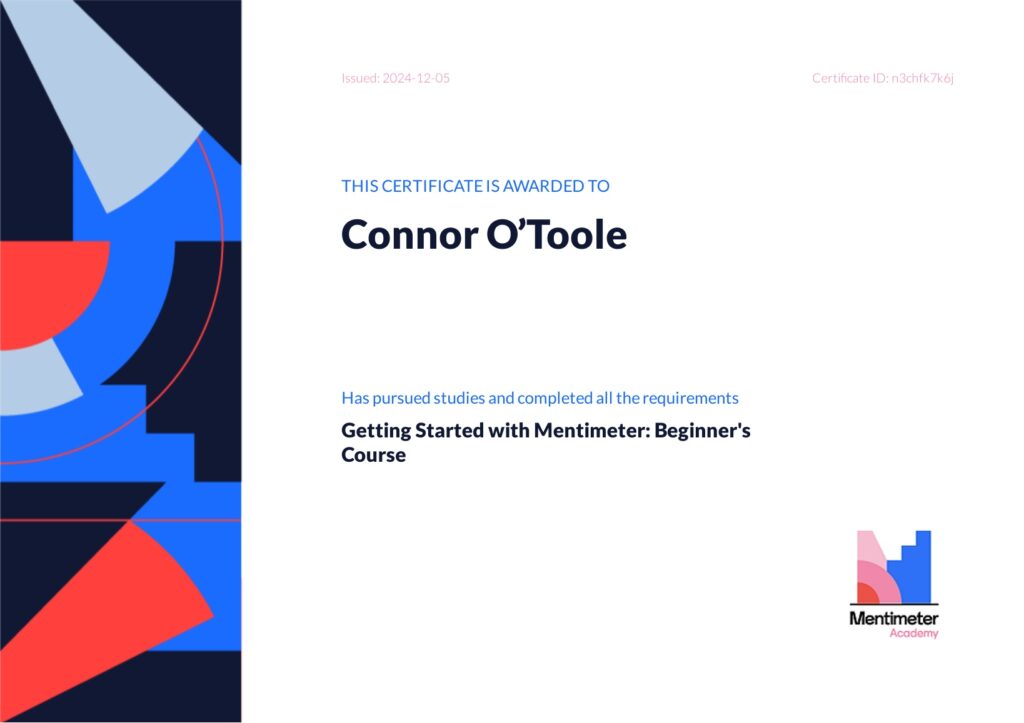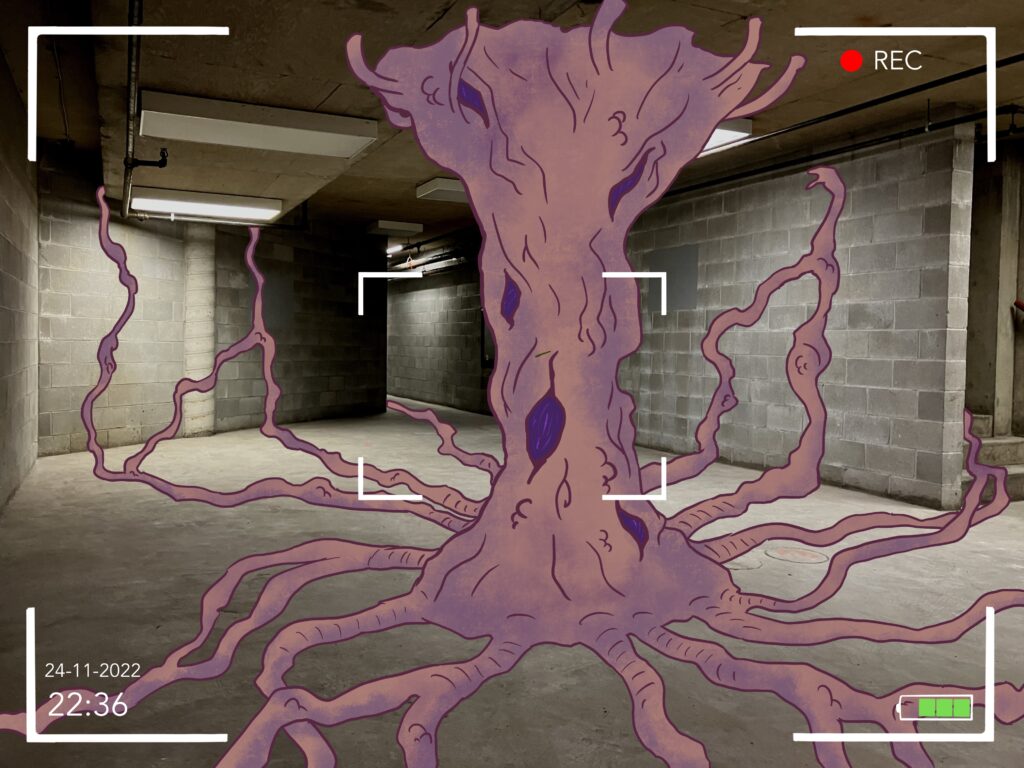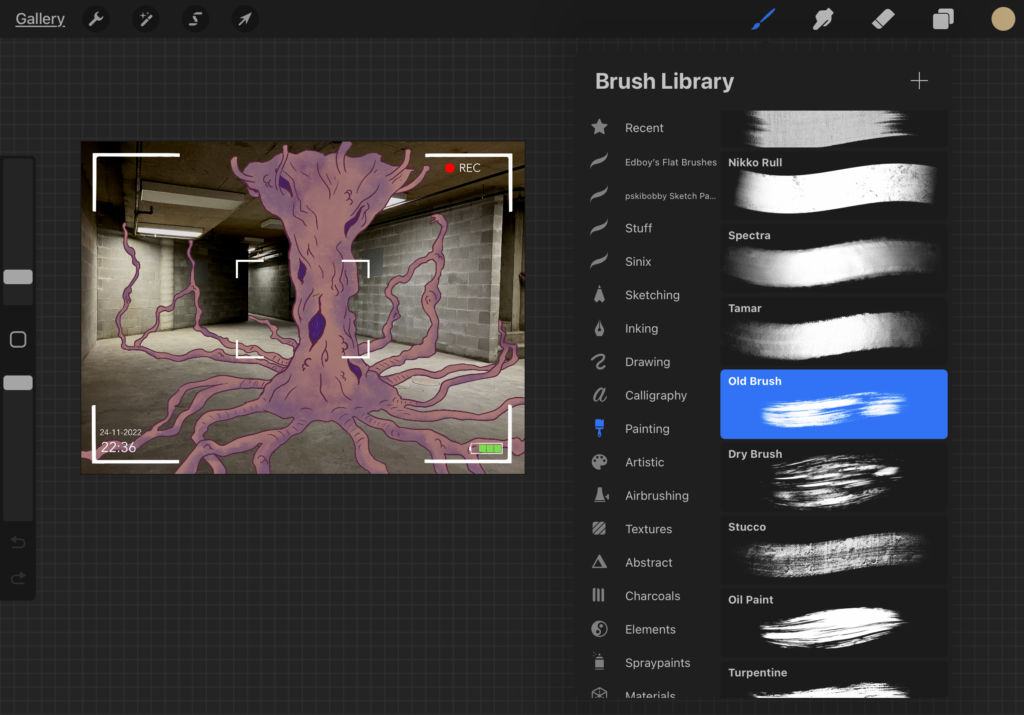When looking at Minecraft Education I found a lesson plan I really enjoyed. I have done something incredibly similar myself in the past and wanted to walk you through the lesson using it.
Step one is choosing your architecture style, and finding reference images. I went with a rustic-style cottage. I originally made this for my dnd group and wanted to create the feeling of an isolated cabin in the woods.

AI image created by Freepik
Secondly, you start to do up some sketches of what exactly you want to build and build a floor plan. This is also a good time to pick out what blocks you will want to use for the build. Having groups work on this seems like a great opportunity for team building and expanding ideas.


Next, its time to sit down and create! Working with your partner(s) its time to build a prototype of the architecture you chose. Minecraft is a game with a very low skill floor, anyone can get going pretty much right away and make something interesting.




Finally, it’s time for feedback. The different groups can fly around and check out what everyone else has built, leaving messages on what they think looks good and what can be improved. Following this period, students can do a bit more work on their build with the newfound feedback.
At the end, take some screenshots for assessment and you are done!
Minecraft is a game I played in my childhood and still do today. It shows no signs of slowing down or dying out. Being able to bring it into my classroom would be an amazing experience and having lesson plans like this freely available online makes that seem more and more possible. For students just dipping into architecture this lesson is a great way to ideate and actually get started working in a 3D space. For students uninterested, it’s a fun group activity in one of the most popular games of all time. I can’t wait to incorporate stuff like this into my classroom.









